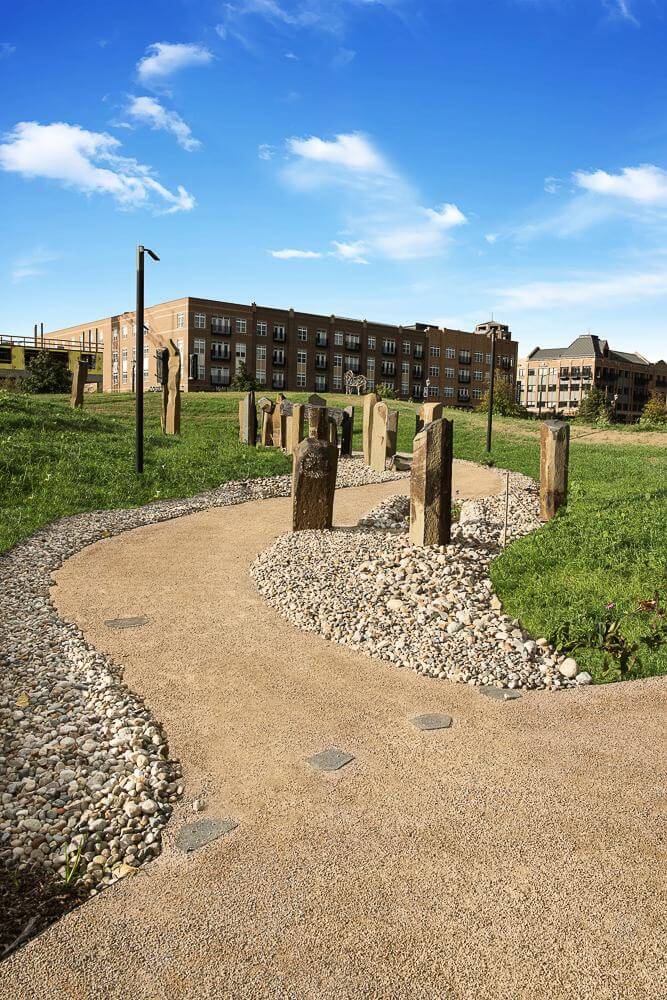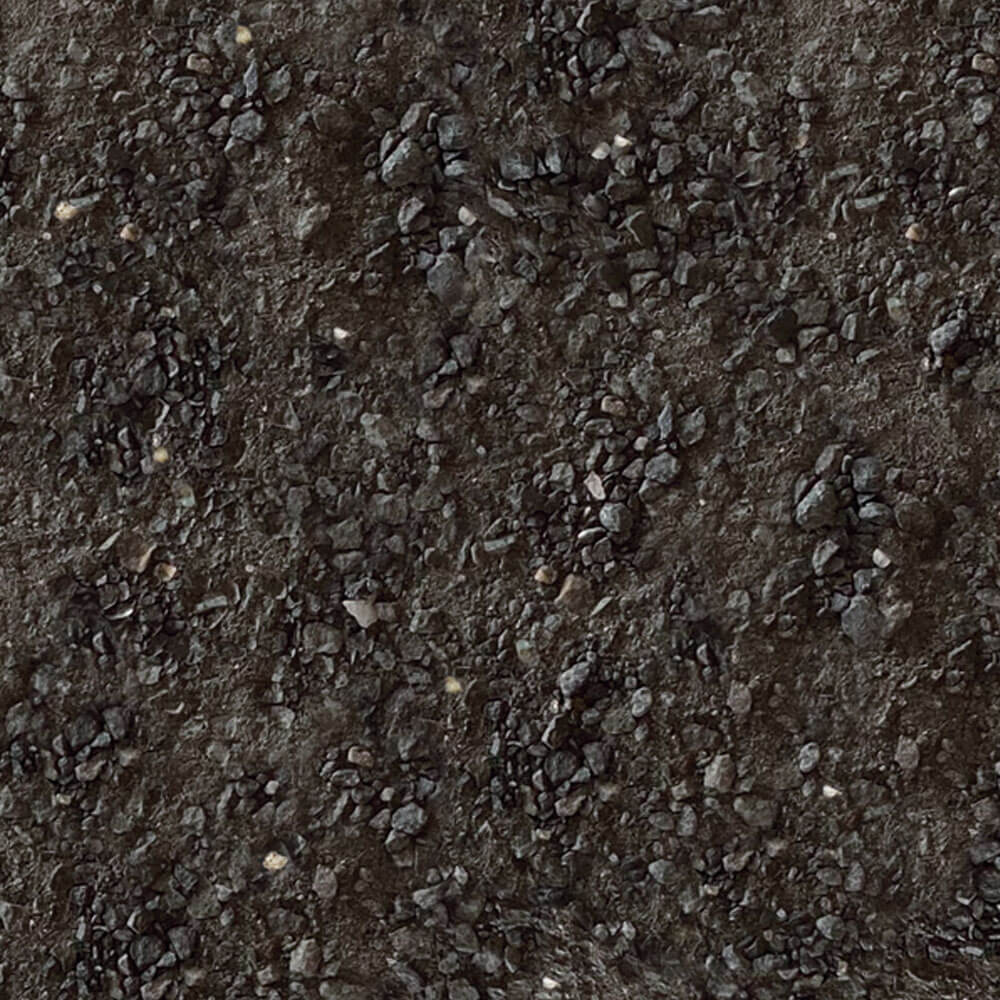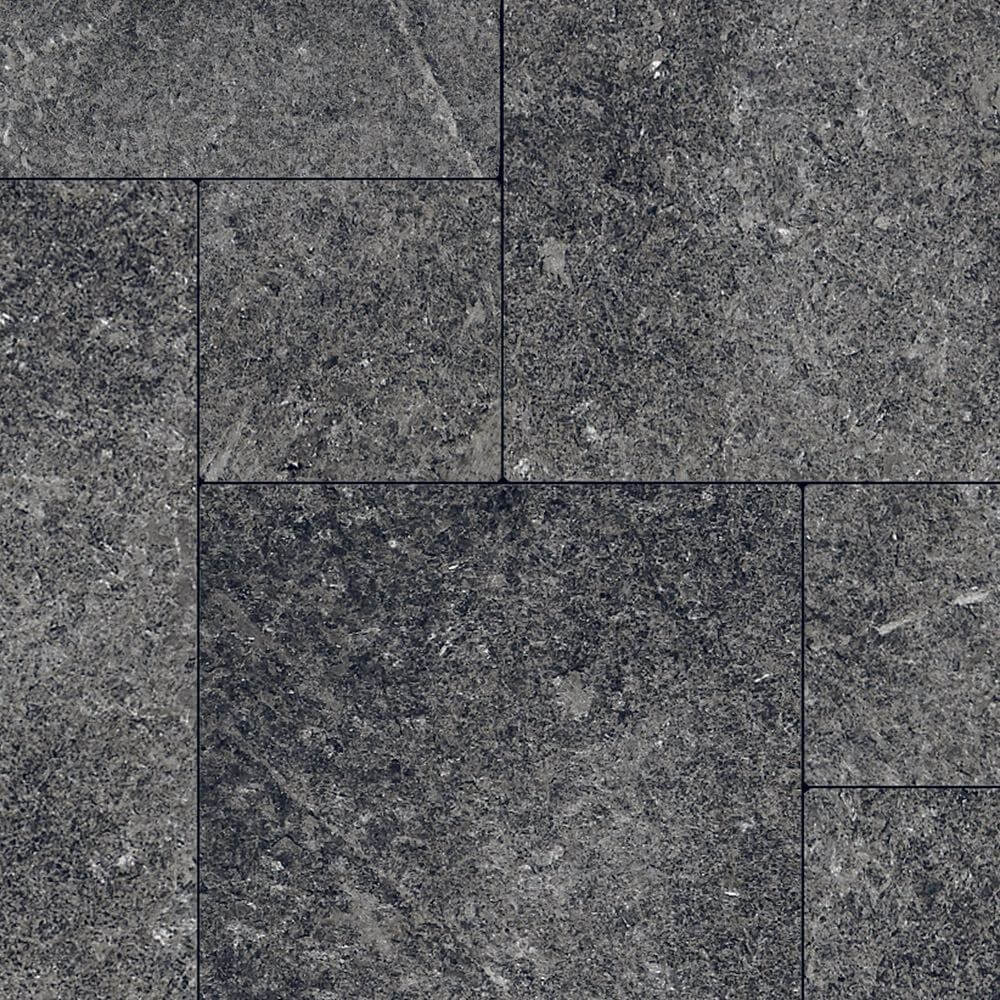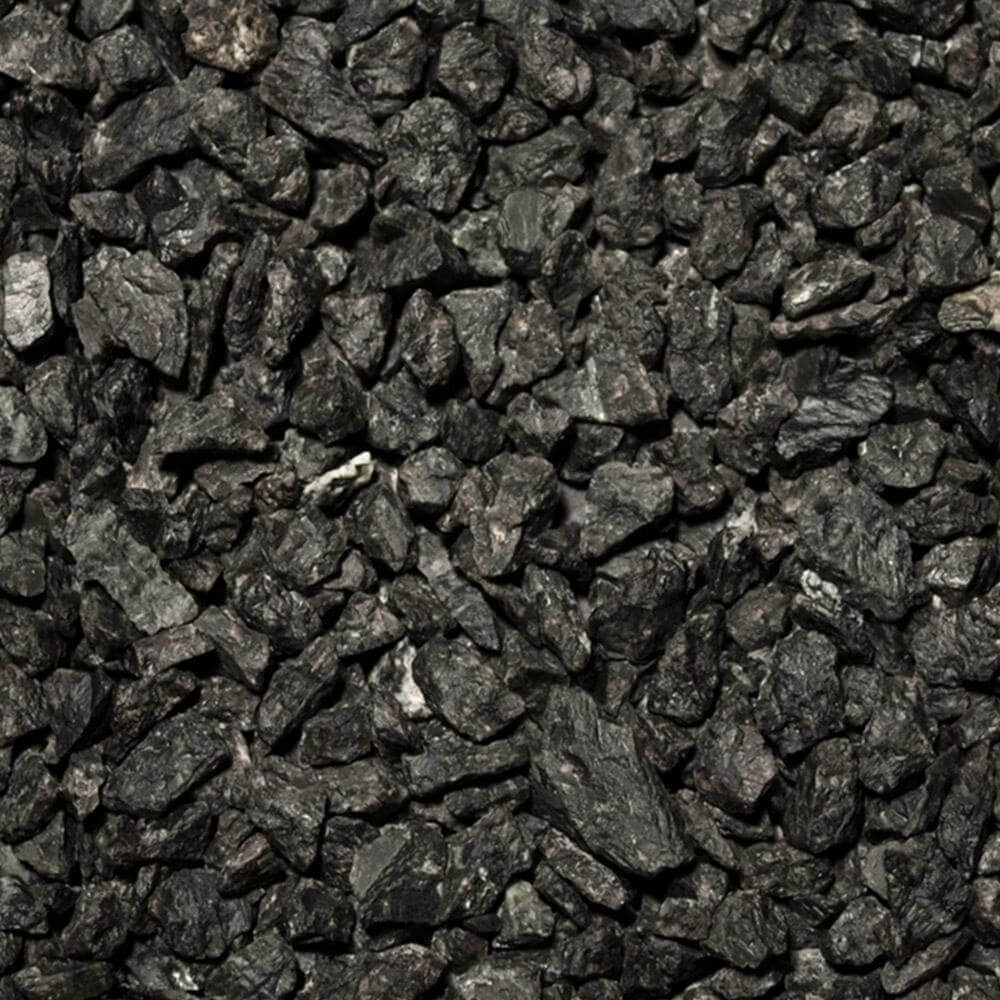At Kafka Granite, we take pride in having provided materials for a number of sizeable projects throughout the years. From Yankee Stadium to Navy Pier, we have been proud to have helped city planners, corporations, and universities alike revitalize their interior and exterior spaces through innovative projects and initiatives. One such opportunity to help reinvigorate an established space was the Charles B. Hayes Family Sculpture Park project at The University of Notre Dame.The University was looking to reclaim their once great sculpture garden and transform it into a green living space that could be enjoyed for generations to come and we were only too happy to assist.
With the generosity of Charles B. Hayes, the University of Notre Dame was able to acquire the funds needed to restore this once great park to its former glory and beyond. The park originally opened in its phase one iteration in December of 2012 with five sculptures comprising the collection. A portion of the park was then closed after the last 2014 University of Notre Dame home football game to provide a space for materials to be stored during the Campus Crossroads Stadium Expansion. It was at this time that dirt excavated from the stadium project was stored in the then closed sculpture park. After the fill was removed, contractors were then sent in to excavated coal ash that had been generated by the University’s power plant. Additionally, the fly ash that had accumulated underground due to the presence of a landfill which previously occupied the same lot had to be excavated.
With the site cleared it was time for the University of Notre Dame to being phase two construction in an effort to create the sculpture garden.
WHEN: August 2017
WHERE: The finished Charles B. Hayes Family Sculpture Park spans an impressive eight-acre swath of land all the way from the DeBartolo Performing Arts Center to the corner of Angela Boulevard and Eddy Street. With the addition of the Charles B. Hayes Family Sculpture Park the University of Notre Dame has been able to complete their “greenbelt” vision; a green space highway that encompasses the Compton Family Ice Arena, Irish Green lawn, Notre Dame Avenue, and Cedar Grove Cemetery, creating a gracious and natural southern entrance to the campus.
Kafka Stabilized American Heritage Pathway Mix, made with Organic-Lock, can be found dispersed through the entirety of the Charles B. Hayes Family Sculpture Park. These pathways connect each section of the park and give a cohesive and natural look to this vital feature of the park’s functionality.
The Charles B. Hayes Family Sculpture Park can be found at the University of Notre Dame campus on the NE corner of Angela/Edison and Eddy St. in South Bend, IN.
WHO: Michael Van Valkenburgh and Associates (MVVA) were tasked with creating this modern sculpture garden. They faced many challenges along the way, but with the help of the Snite Museum of Art, the finished Charles B. Hayes Family Sculpture Park is something to behold. MVVA knew that they needed a high-quality pathway material that could withstand all four Midwestern seasons while preserving the natural, sacred-inspired aesthetic. With success working with Kafka Granite on past projects such as the Kenyon College Middle Path and Brooklyn Bridge Park, MVVA felt confident that Kafka Granite Stabilized Pathways would be a solution for Notre Dame as well. Kafka was able to offer the park a high-performing pathway in the desired color. The product was a natural fit.
WHAT: Michael Van Valkenburgh and Associates had quite the task ahead of them when taking on the Charles B. Hayes Family Sculpture Park project. This park posed some unique challenges that every aspect of the finished design would have to overcome and complement, including the finished pathway system. When searching for an aggregate provider, MVVA would only consider products that met the following requirements:
- The final product needed to complement the religious aspects of the park.
- The pathway would need to match the indigenous plants, shrubs, and trees utilized in the park.
- The overall theme of the park needed to reflect what the site would have looked like prior to the University of Notre Dame’s founding in 1842, meaning that the pathway system chosen had to be natural looking.
- Every material used would need to be able to stand up to the test of a four-season Midwestern year.
- The final pathway material selected would need to be permeable to help with water management.
- Any material chosen needed to work together with the rest of the park to reflect the inaugural installation’s theme: Reclaiming Our Nature
- The products needed to be able to seamlessly flow around the concrete bases of the park’s installations and be easily amended should the layout change.
But apart from the physical demands of the pathway, there were broader objectives that the overarching project needed to meet, and the pathway that would eventually lead through the exhibition would play a large role in accomplishing the University’s goals. Overall, the finished park needed to:
- Assist the University in creating a true arts district for all to enjoy.
- Serve as a literal gateway to the local community.
- Create a “greenbelt” for the southern campus entrance.
- And lastly, create a sacred place that could be enjoyed at any time of day, every day of the year.
HOW: Kafka’s Stabilized American Heritage Pathway played a role in the final vision of Michael Van Valkenburgh and Associates. It was clear to MVVA that Kafka Granite was the best choice for this project. After verifying that Kafka had the material that the park needed there were still several challenges that the contractors had to overcome while getting their new pathway system into place. First, the layout of the park is somewhat undulating, meaning that the final pathway mixture needed to be pliable but have enough rigidity to maintain its form once placed. And second, the final pathway chosen needed to be able to survive in a harsh outdoor setting and withstand heavy foot traffic. The aggregate mixture that was ultimately chosen, the Kafka stabilized pathway mixture in the color American Heritage, utilizes patented Organic-lock technology that addressed both of these needs. It was this advancement that set Kafka Granite apart from its competitors.
The binding agent used in the stabilized pathway mixture is the strongest organic aggregate binder on the market and is made from 100% naturally occurring materials. The finished material drastically reduces erosion compared to other natural crushed stone pathways and is wheelchair accessible. On top of its ability to resist erosion, the stabilized pathway mixture remains flexible and has self-healing properties so the surface will not crack or crumble over time like traditional hardscape materials. Organic-Lock™ is designed to create a stabilized surface that reduces maintenance while maintaining a natural look and feel.
Once Michael Van Valkenburgh and Associates narrowed in on Kafka’s Stabilized American Heritage Pathway with Organic-Lock, they decided to install a mock up. Due to the site’s history as a landfill and later a storing facility during construction, there was no clean pad to hydrate the stabilized pathway mixture on prior to installation. To overcome this obstacle, crews laid down 4×8 sheets of plywoods to hydrate the decomposed granite mixture prior to installation. This may have been an unorthodox mixing and preparing method, but in the end, it ended up being the perfect solution to this challenging installation.
With a finished pathway system that seamlessly blends through the entire sculpture garden, everyone that comes to visit the newly completed Charles B. Hayes Family Sculpture Park can enjoy the magnitude of the finished destination. The newly renovated Charles B. Hayes Family Sculpture Park has already had an enormous impact on the community surrounding the site. With breathtaking sculptures, lighted walking paths, a natural stone amphitheater, and captivating native flora, the finished Charles B. Hayes Family Sculpture Park will be enjoyed by all for years to come.




